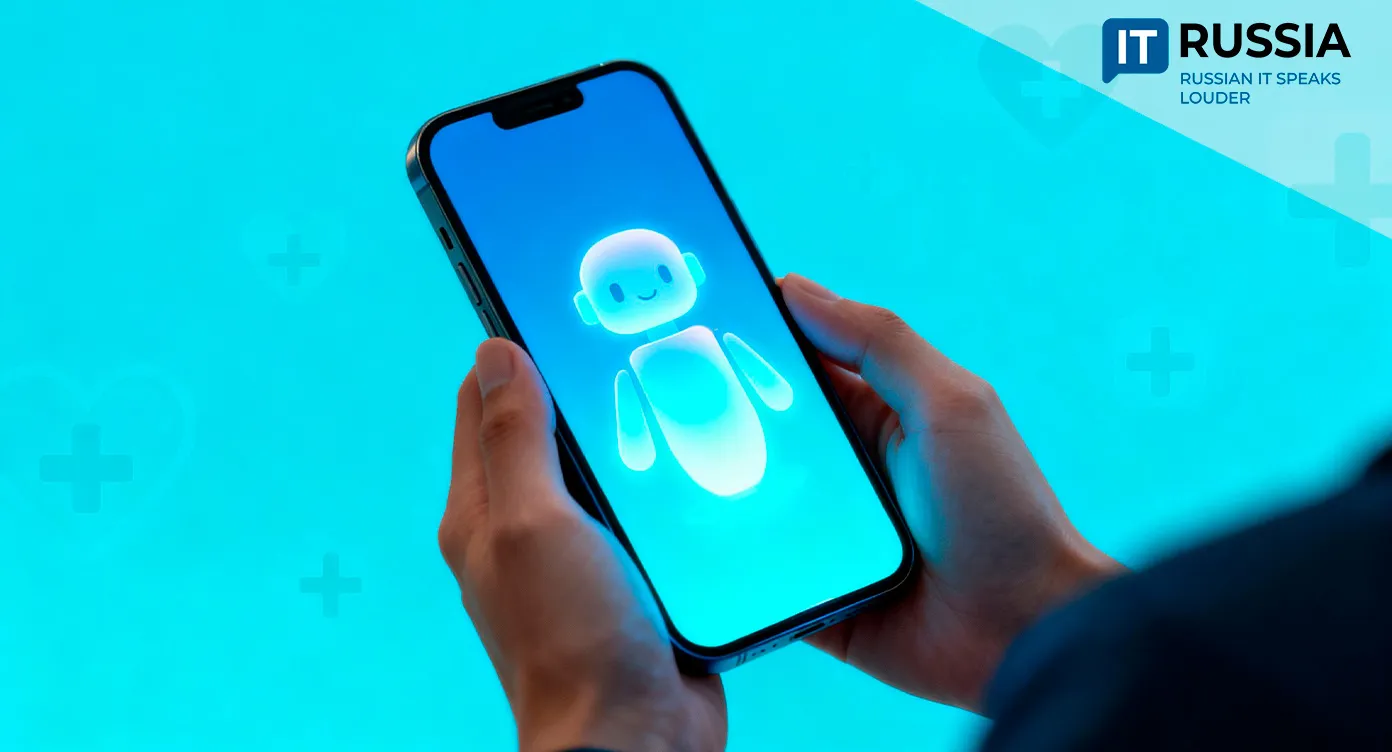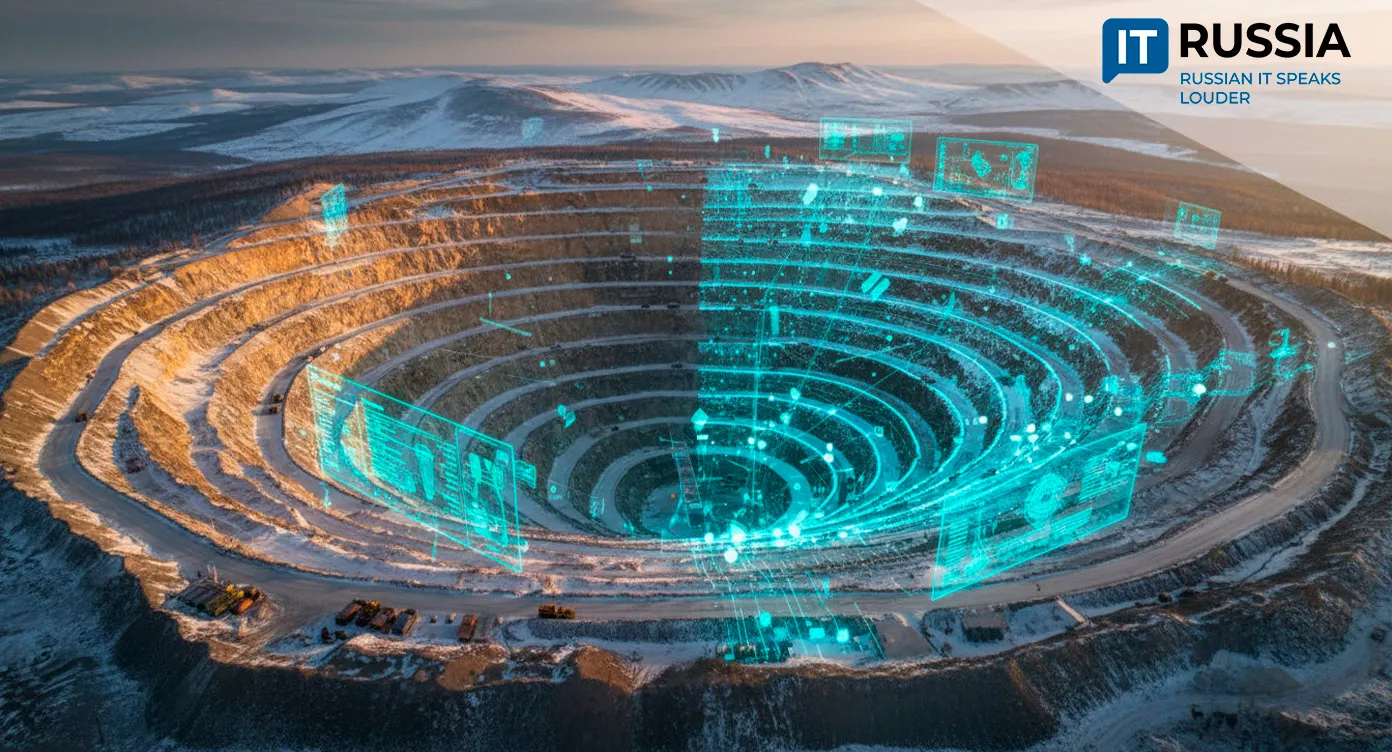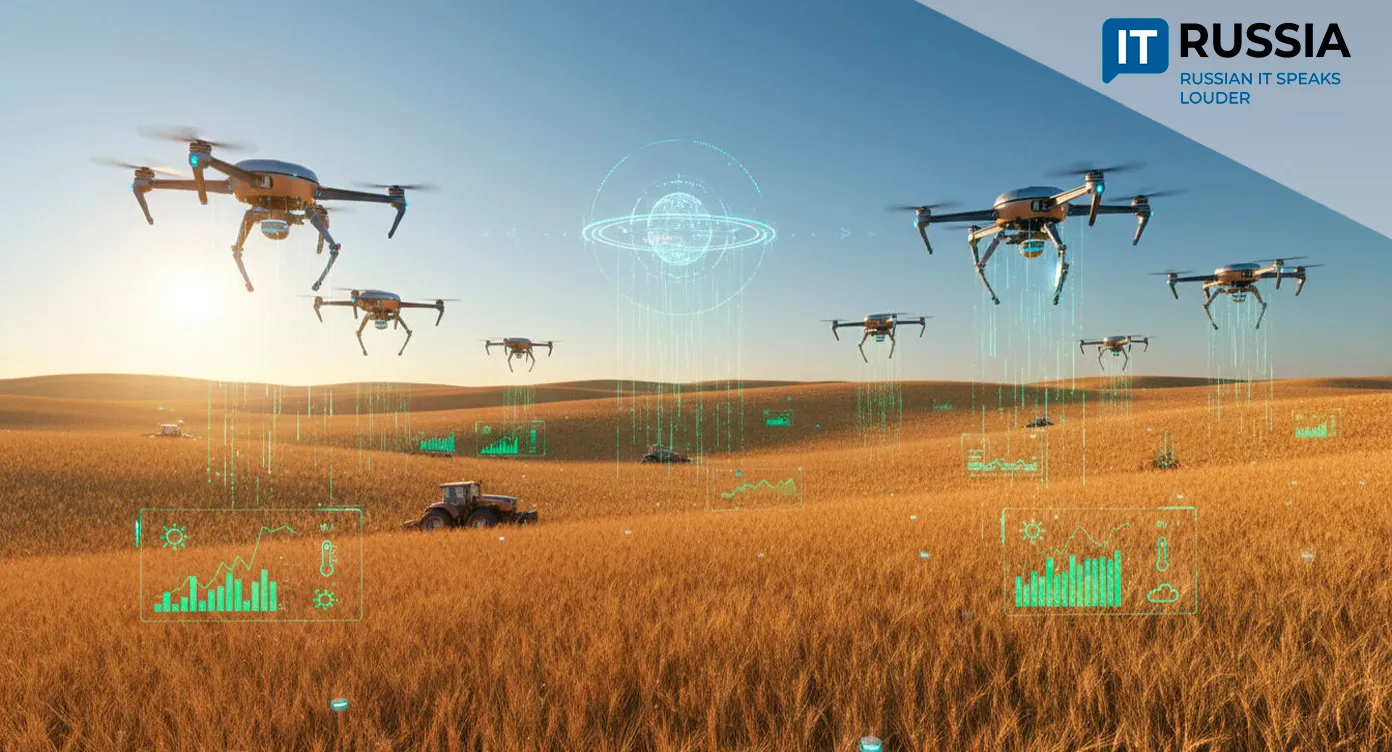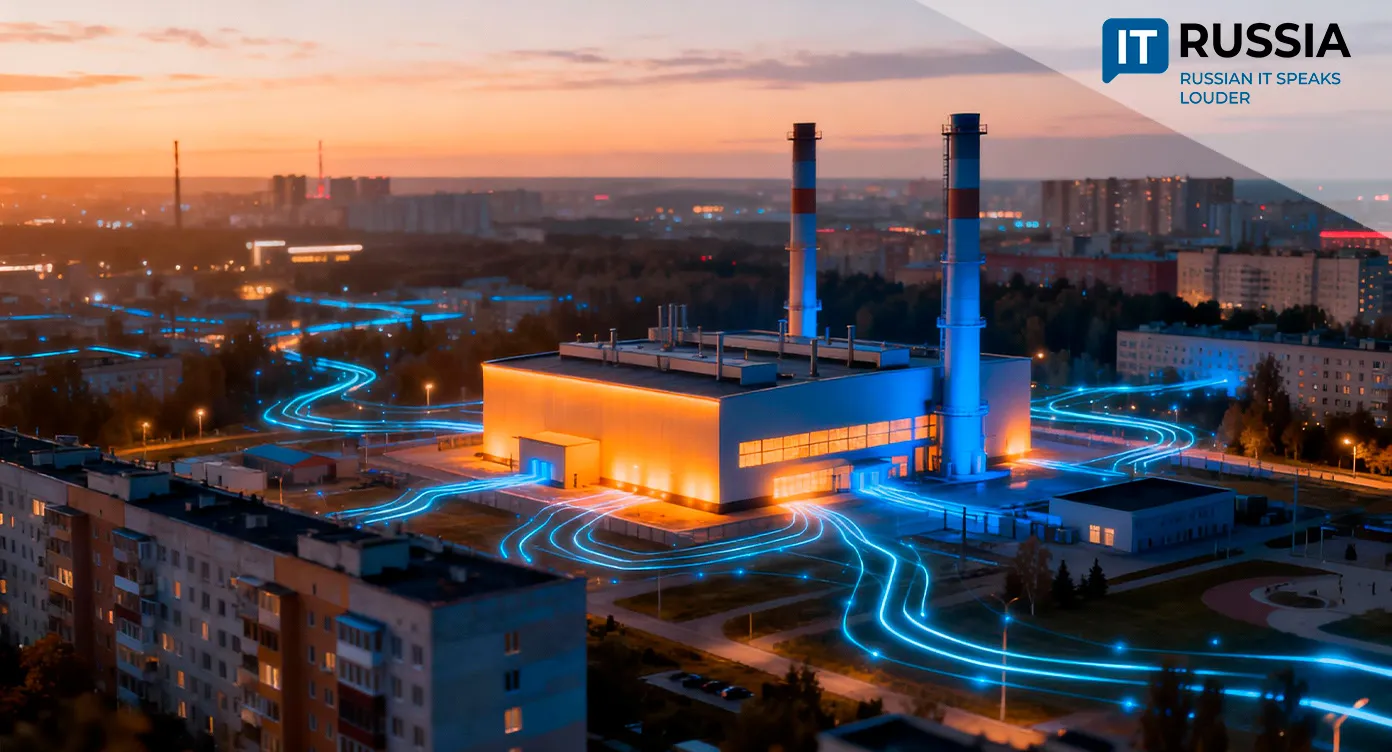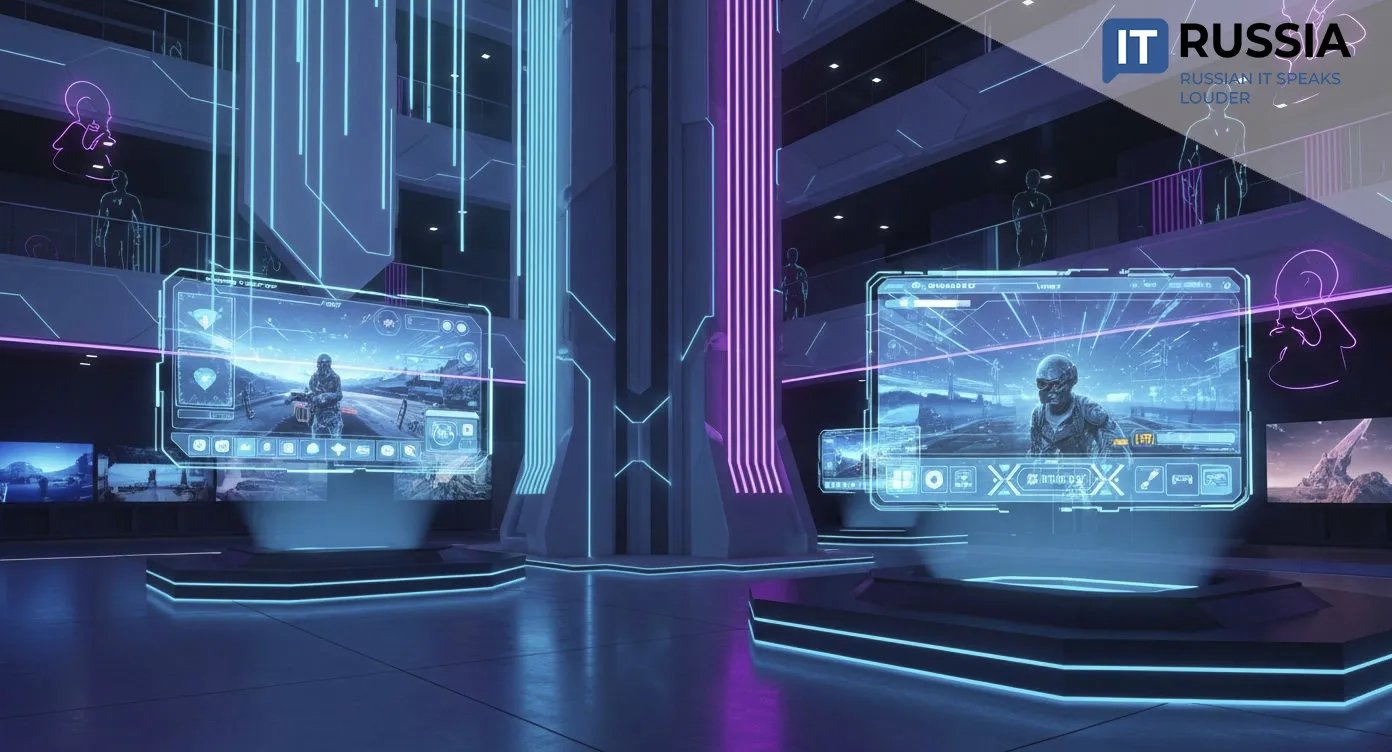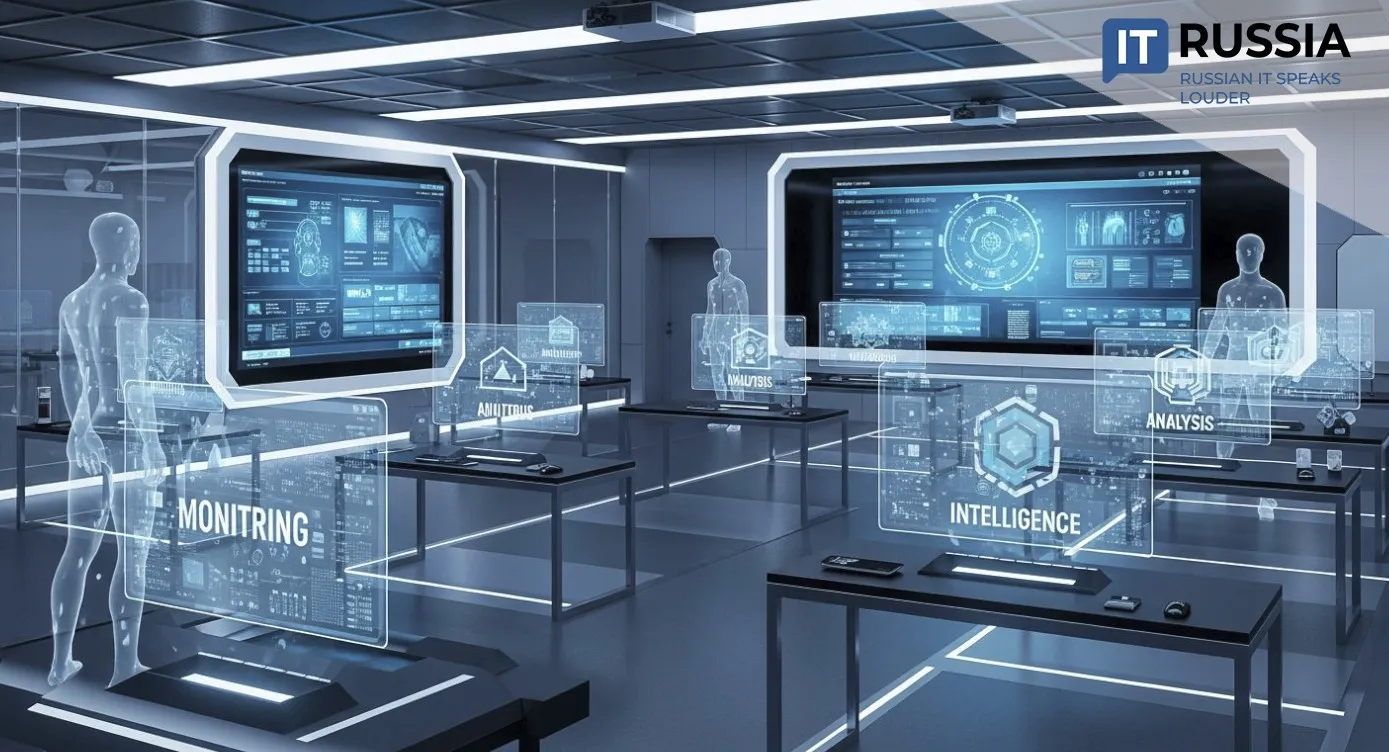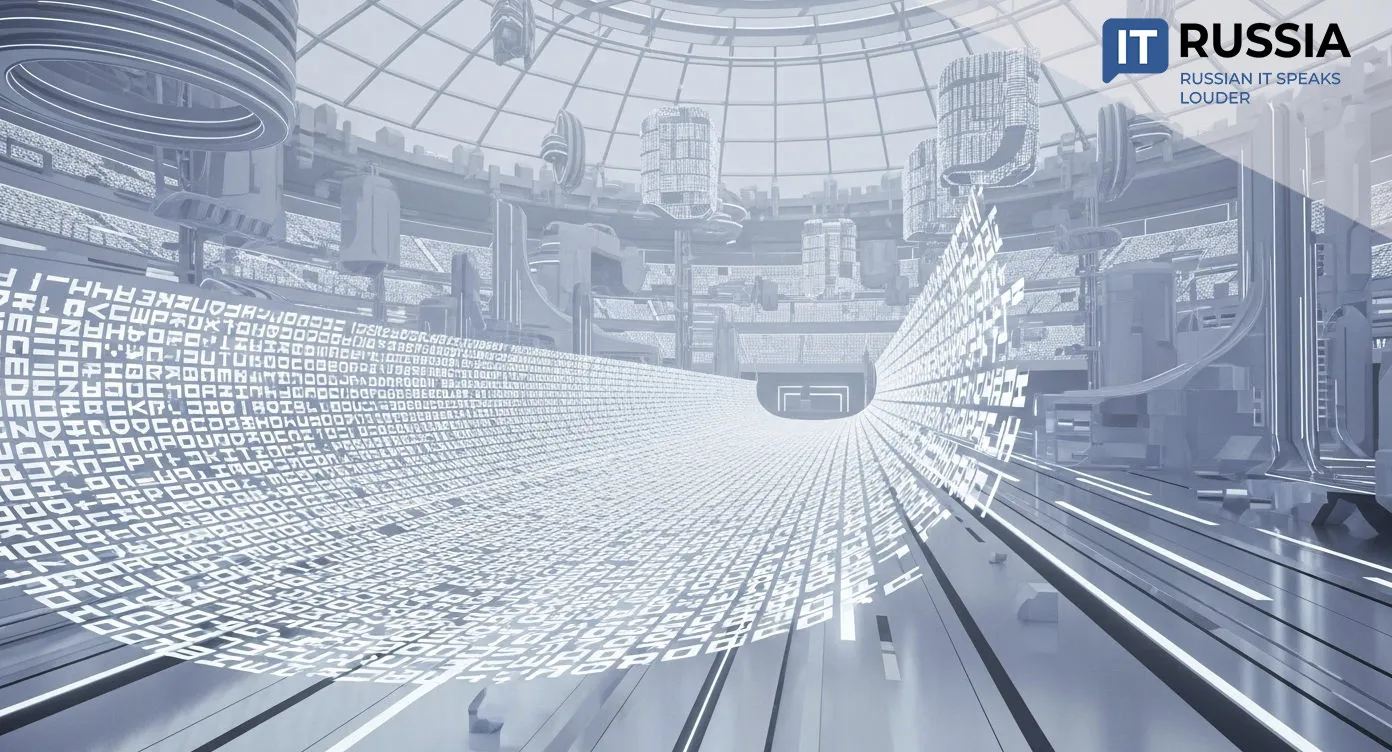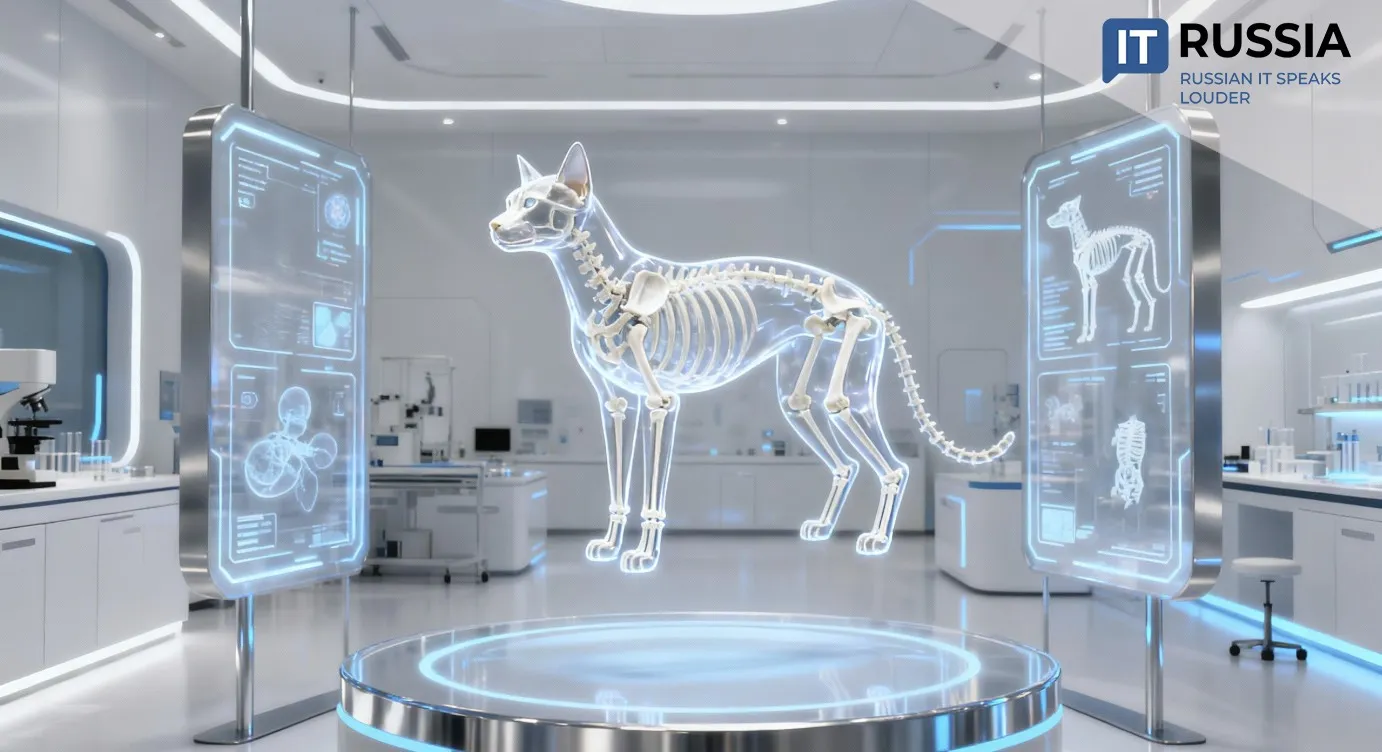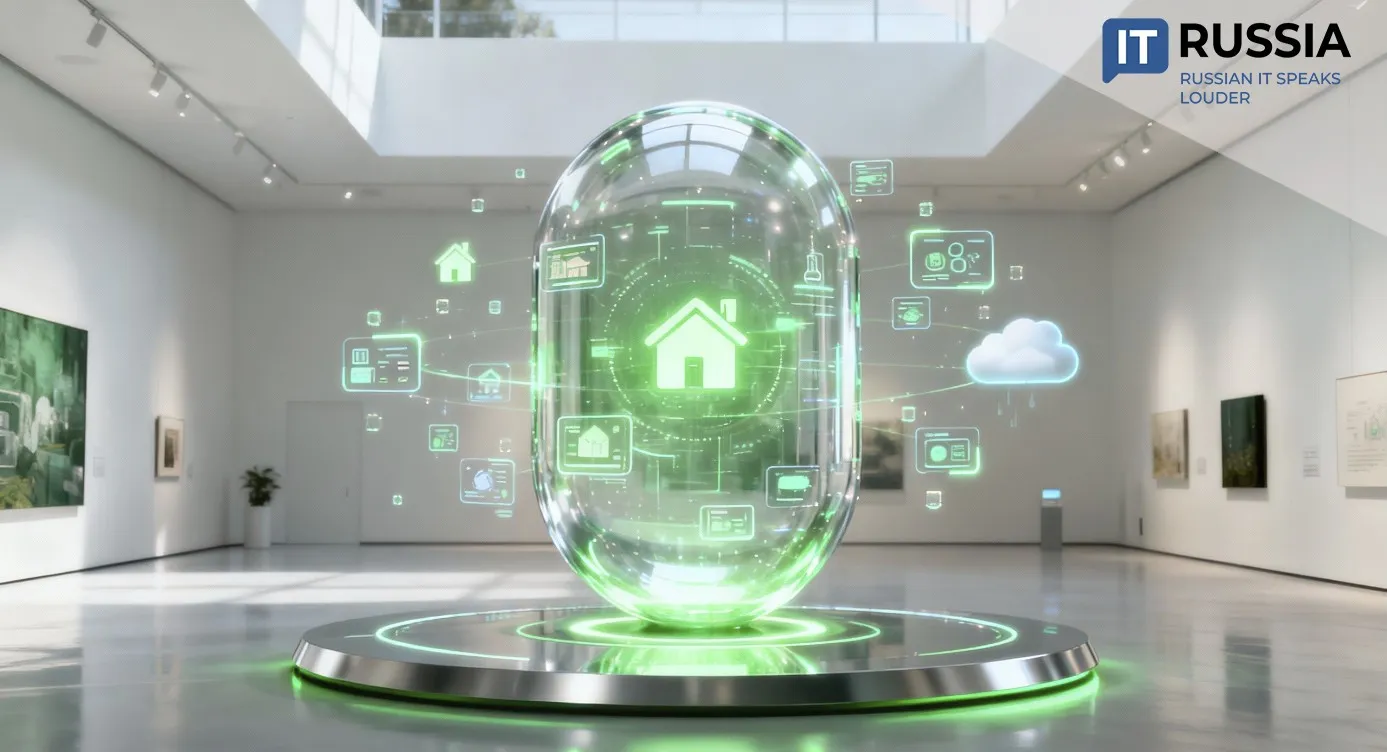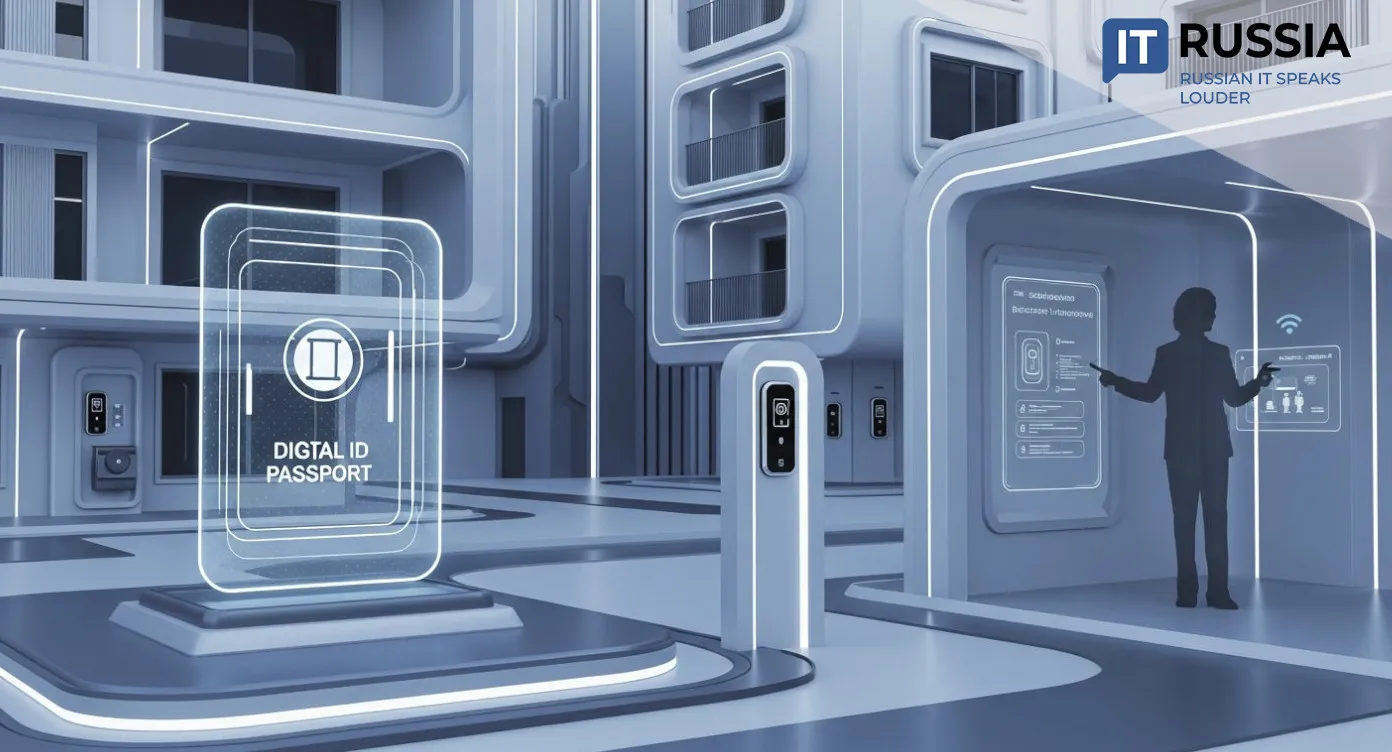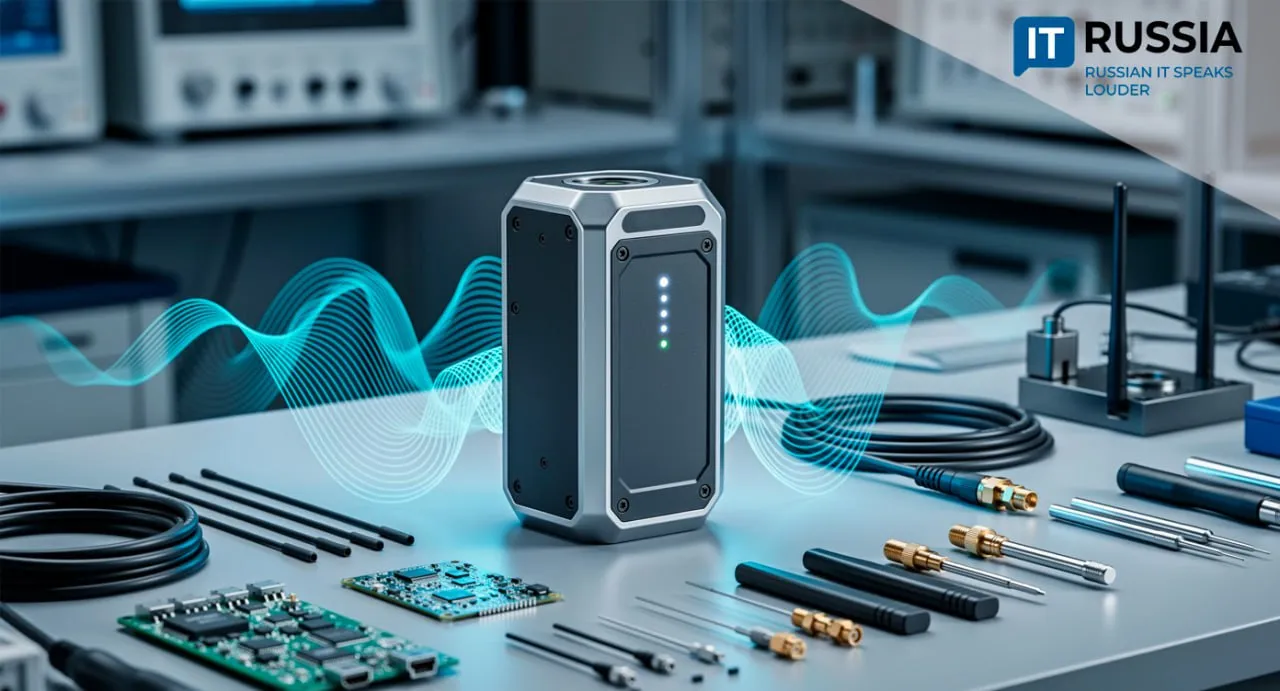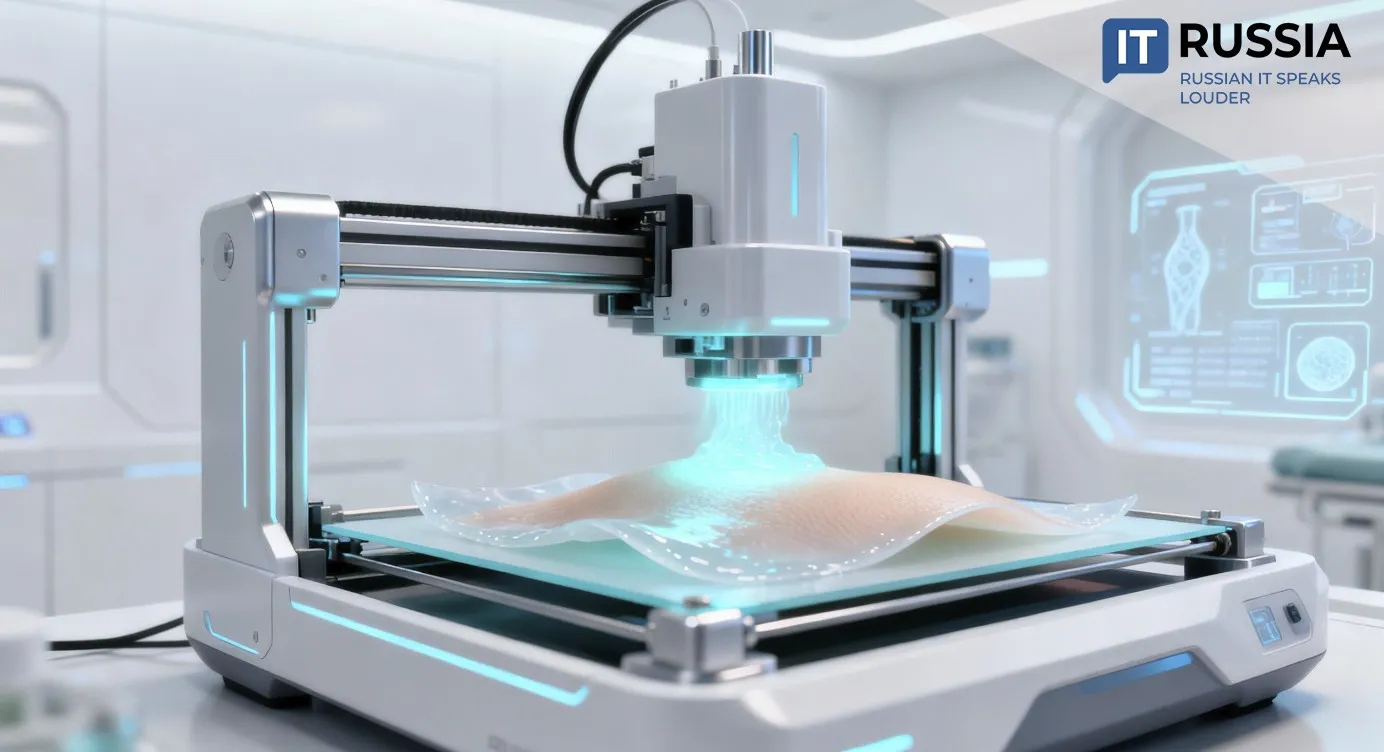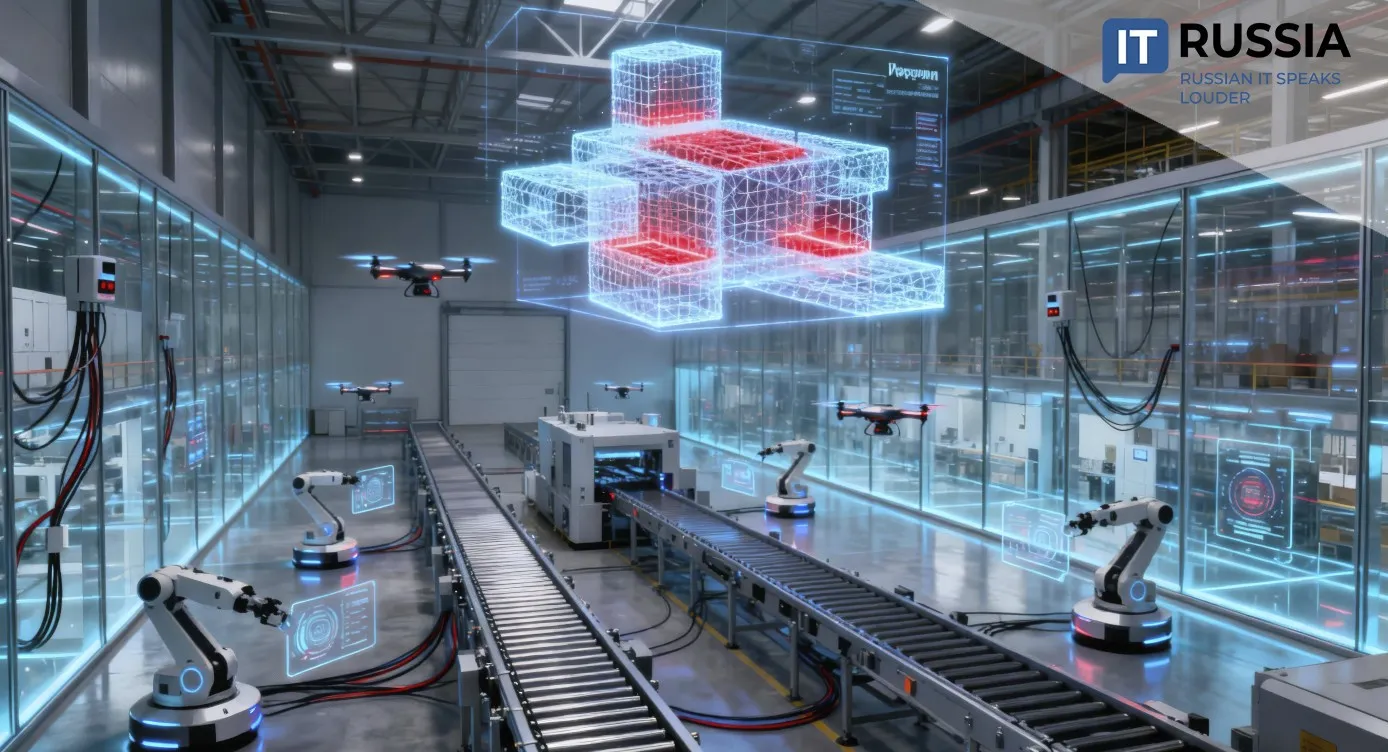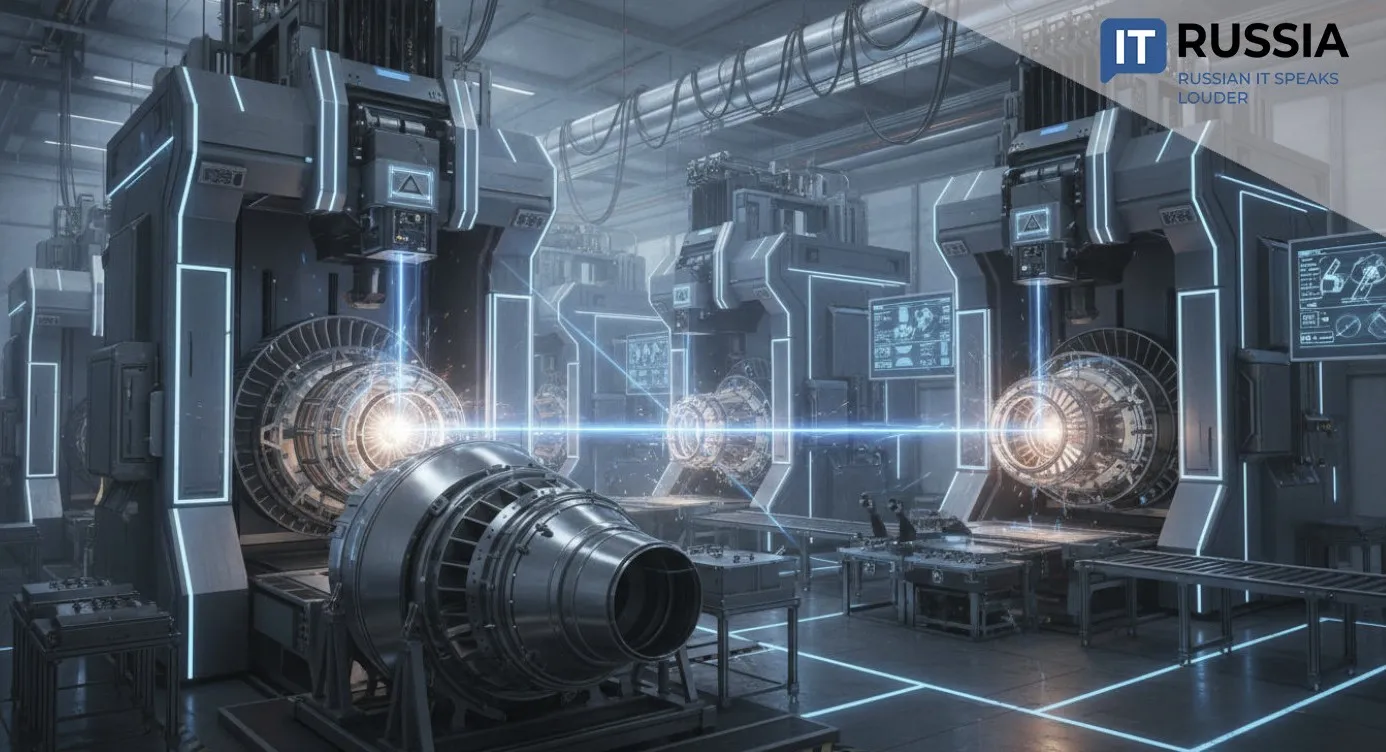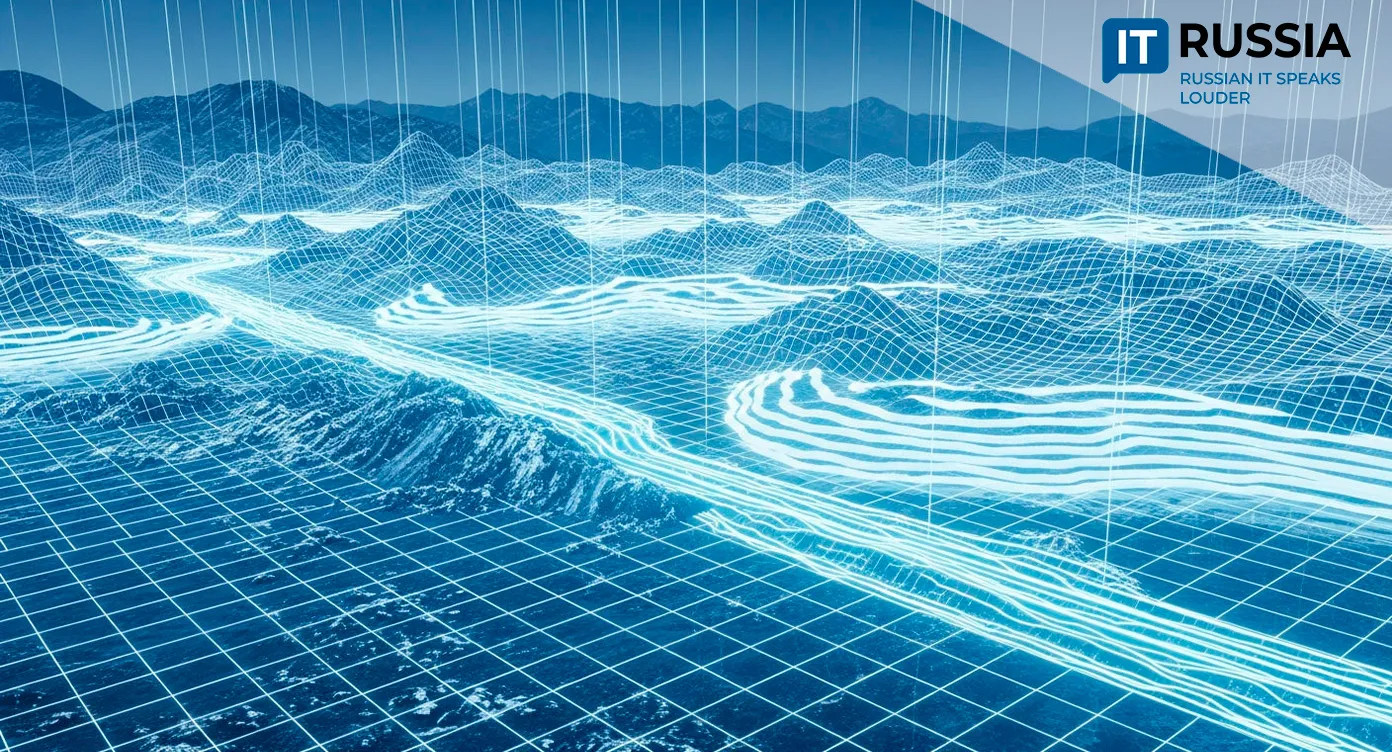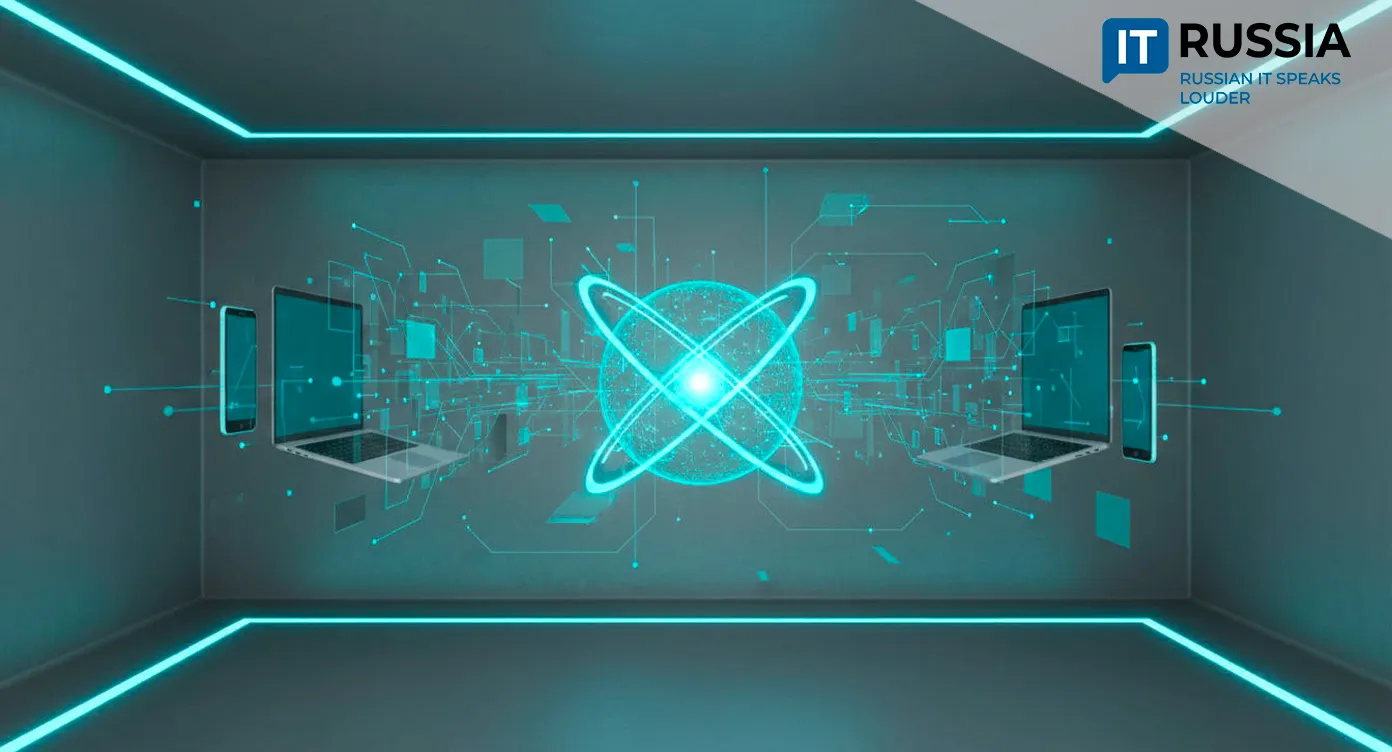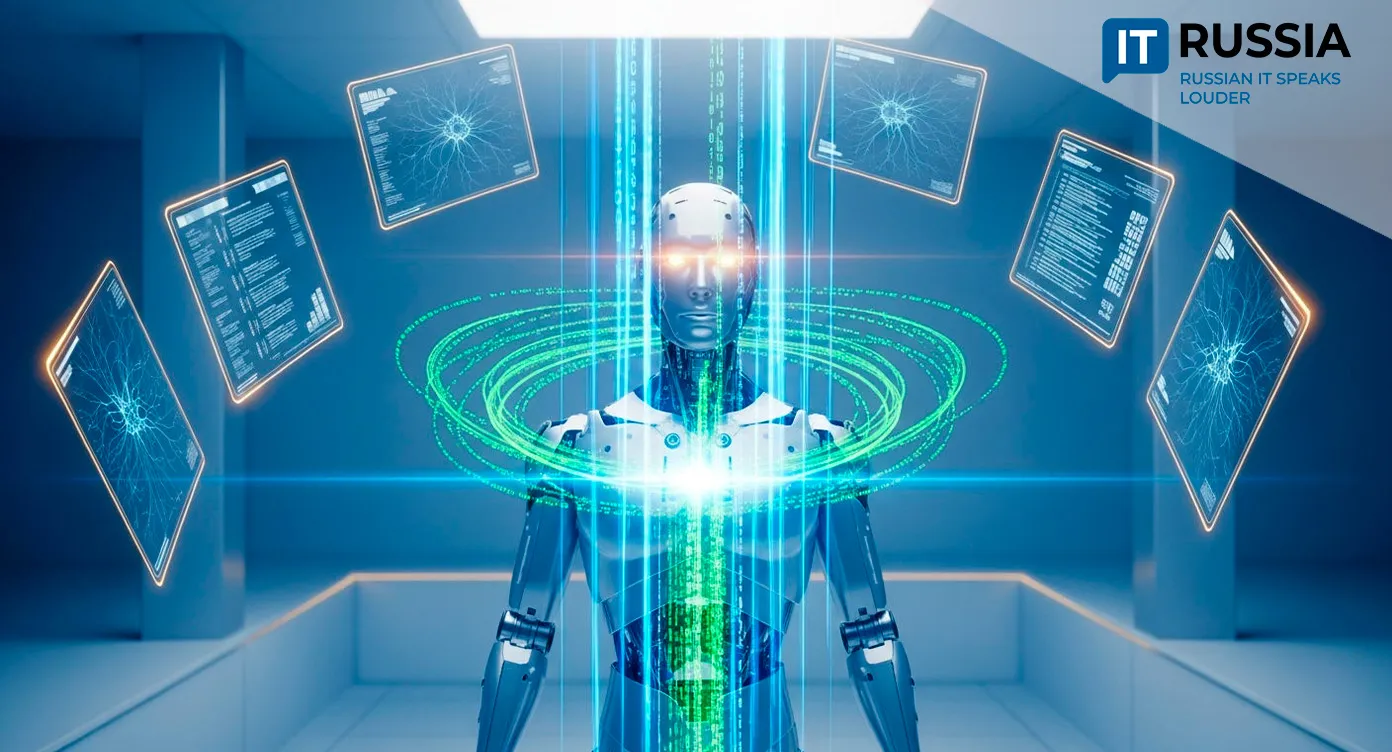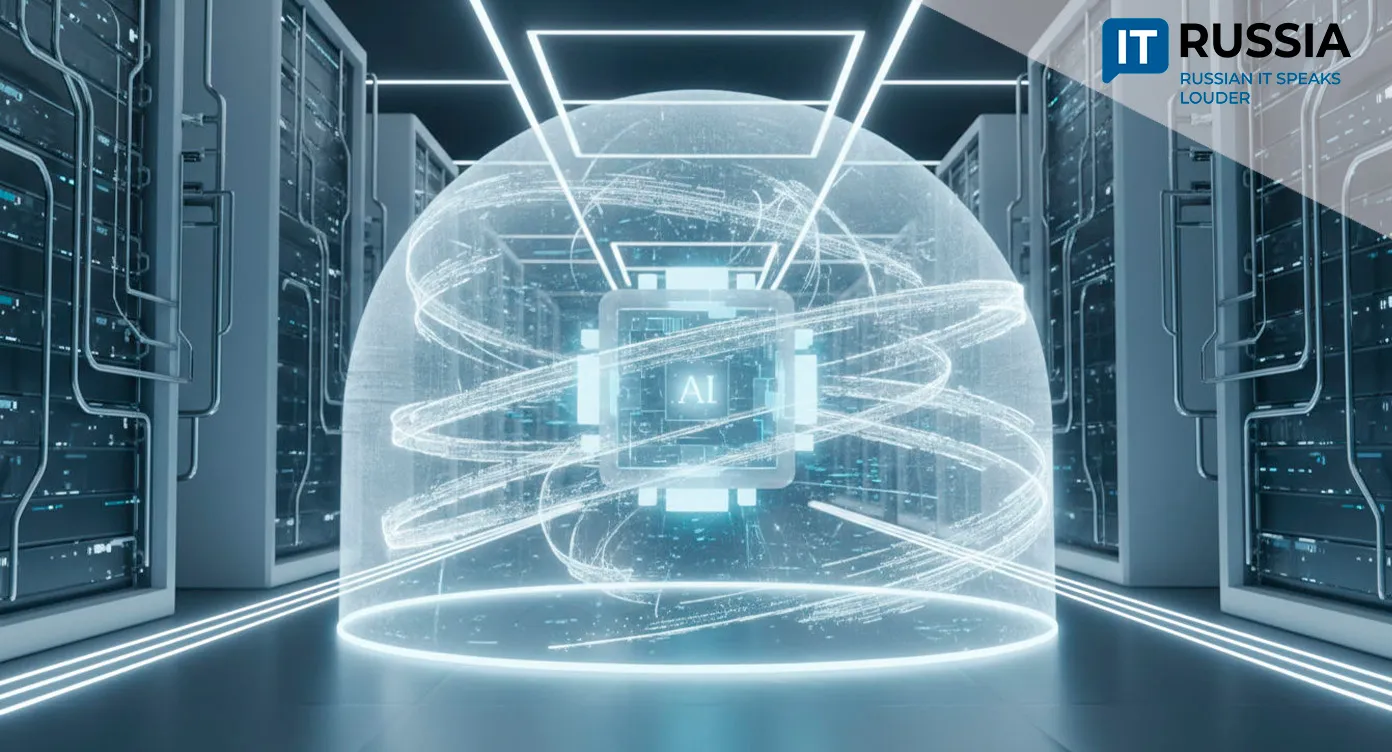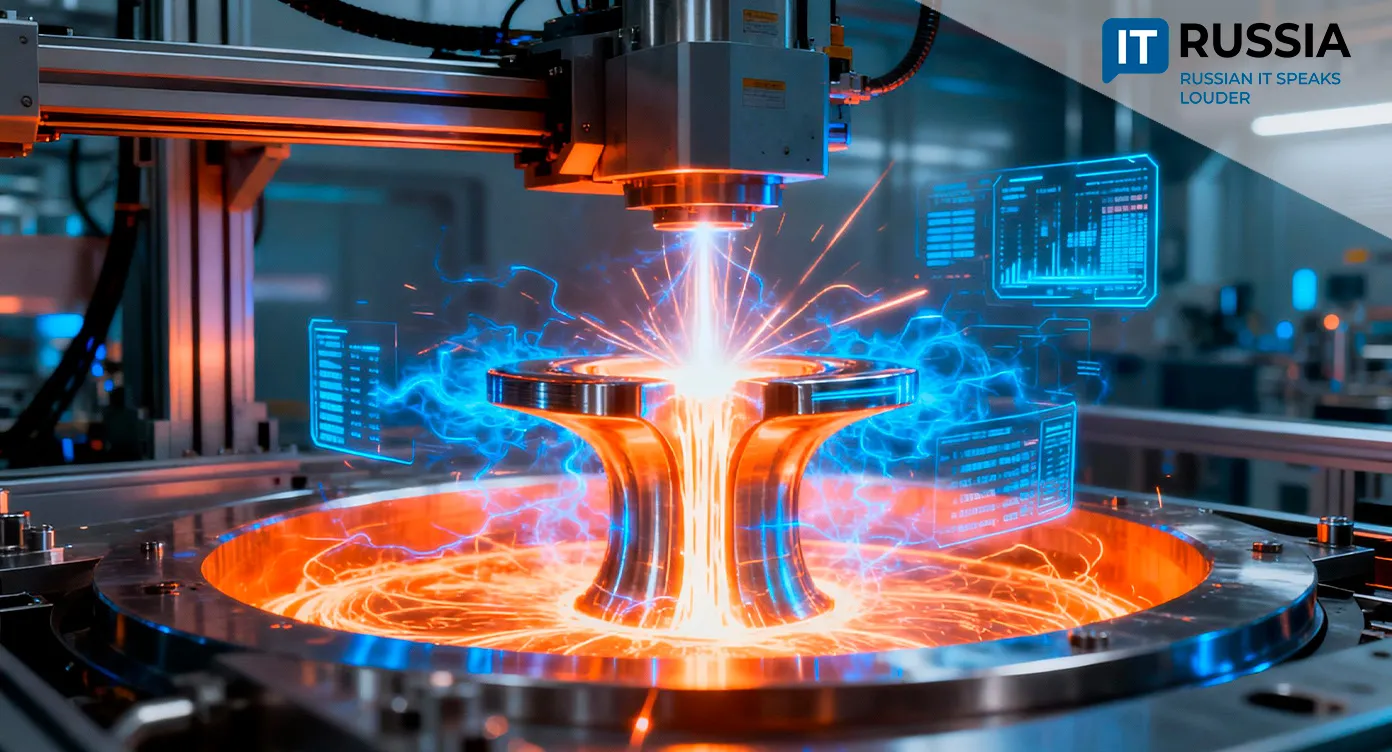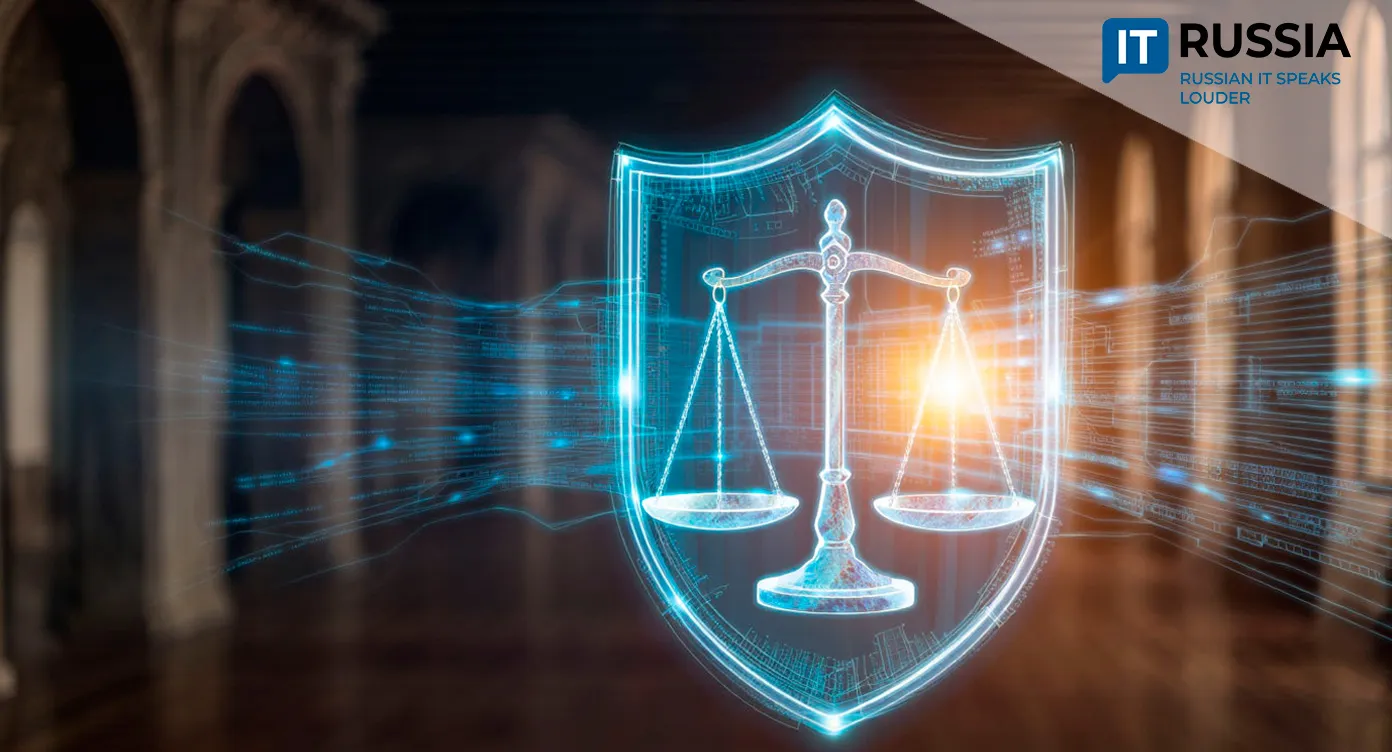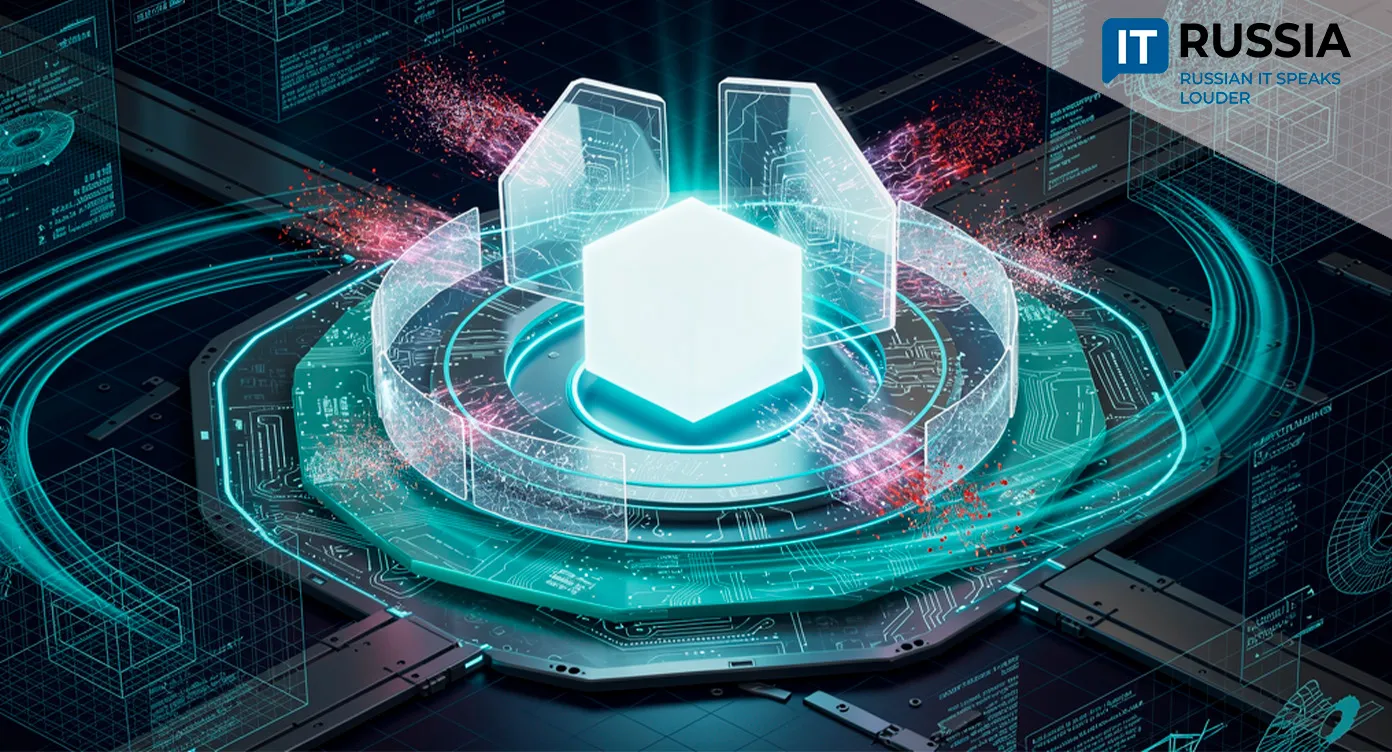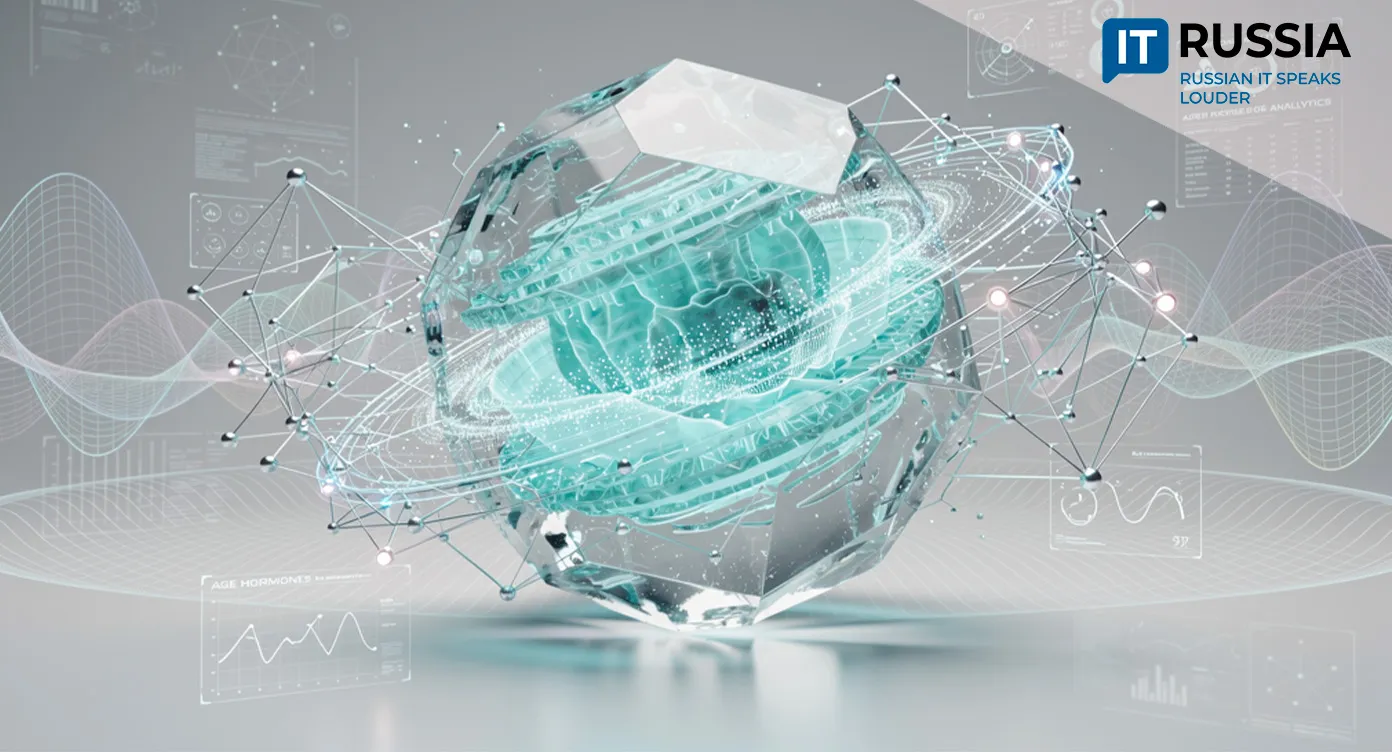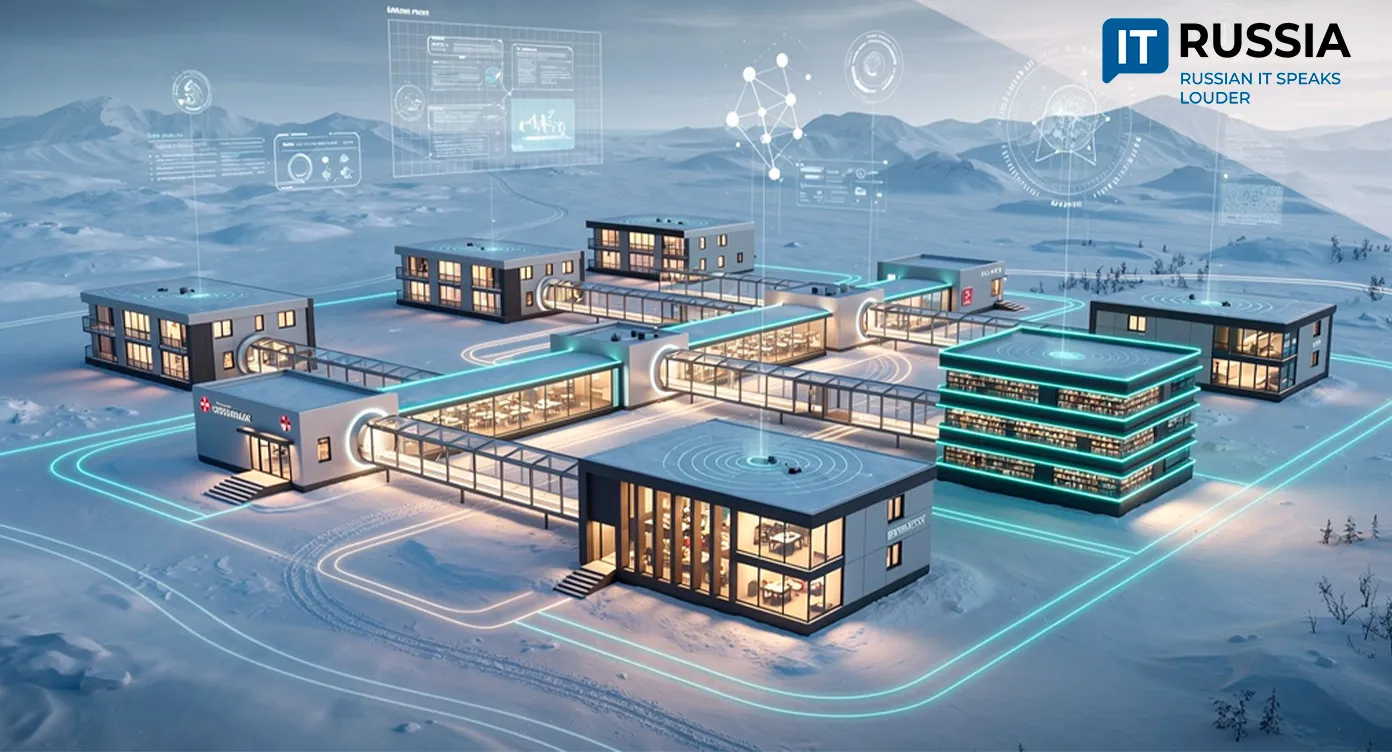Virtual Quantum Lab: How MEPhI Is Making Science More Accessible
A digital breakthrough in quantum education — the National Research Nuclear University MEPhI has developed a virtual quantum laboratory that allows users to simulate complex quantum optics experiments without the need for multimillion-dollar equipment investments.
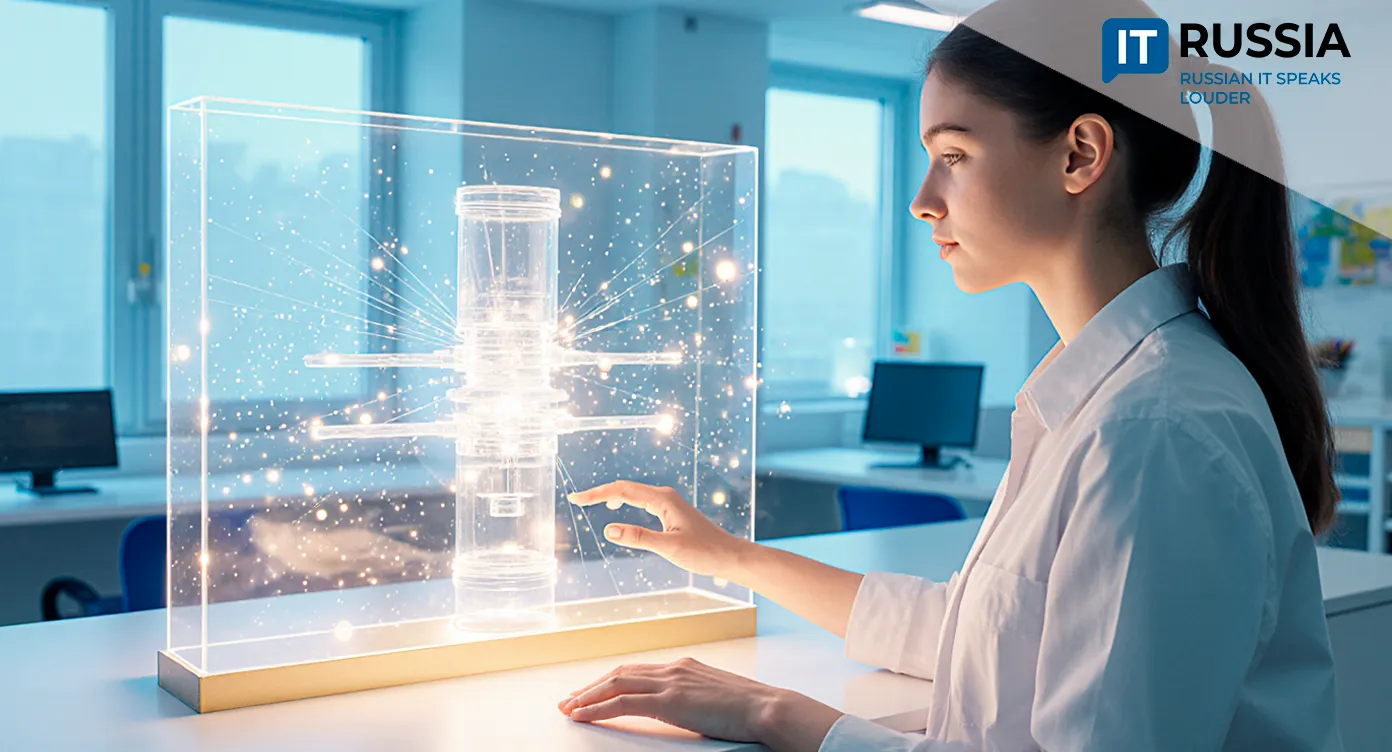
A Digital Twin for Quantum Education
The National Research Nuclear University MEPhI has introduced an innovative educational tool: a virtual quantum laboratory. It acts as a digital twin of a physical setup for conducting quantum optics experiments, including those using the Mach–Zehnder interferometer.
The lab is implemented through an intuitive 3D interface, enabling full simulation of complex physical processes without the need for costly instruments — a barrier that has long limited access to hands-on quantum research. The project is designed for university students, STEM-focused school programs, and corporate specialists seeking to master next-generation technologies.

A Key Trend in Quantum Learning
Quantum technology is one of the defining scientific frontiers of the 21st century, yet mastering it requires both theoretical understanding and experimental practice. Even leading universities often lack dedicated quantum labs due to the high cost and complexity of equipment.
MEPhI’s virtual lab solves this challenge by providing an entry point into experimental quantum physics, allowing users to repeat experiments, analyze errors, and interpret subtle measurement effects. It’s not just a simulator — it’s a comprehensive educational environment capable of training the workforce for the rapidly expanding quantum industry.
This project paves the way for widespread adoption of practice-oriented courses. For quantum science, it expands the ‘talent funnel,’ helping identify and nurture promising specialists from high school through higher education. For society, it brings transparency and accessibility to applied science, demystifying complex concepts through interactive learning. In essence, MEPhI’s virtual lab serves as a bridge between fundamental research and real-world application
From Pilots to Global Reach
In the coming months, MEPhI plans to roll out pilot programs across partner universities and schools, develop teaching kits, and integrate the system with LMS platforms. Within 6 to 18 months, the library of virtual setups will expand — from polarization schemes to complex photonic processors.
The long-term strategy includes exporting educational solutions, offering quantum simulation software to universities across the CIS and Global South, and participating in international online courses. However, these plans also come with challenges: ensuring physical accuracy of simulations, maintaining adequate computing power, and providing robust cybersecurity.
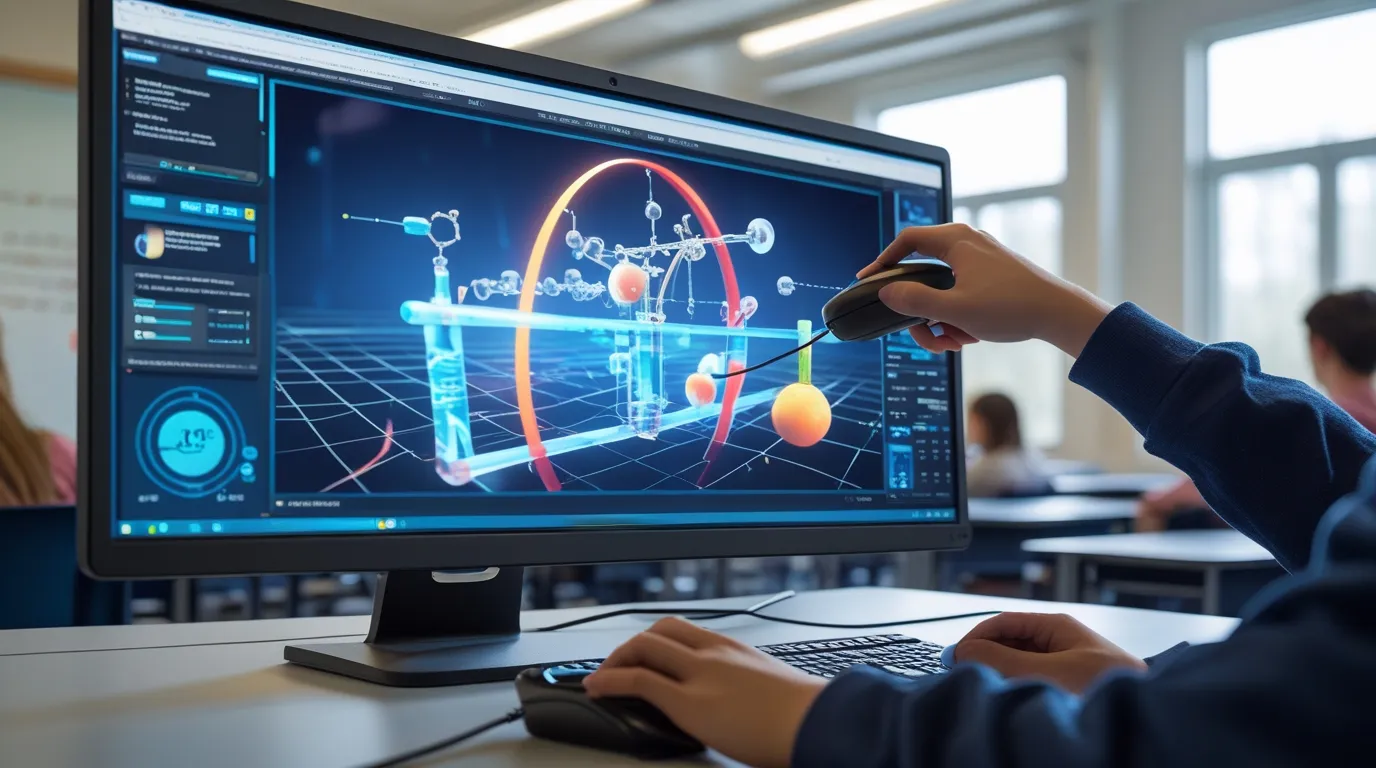
Five Years of Quantum Momentum in Russia
MEPhI’s initiative builds on a solid foundation. Over the past five years, Russia has been steadily developing its quantum infrastructure. In June 2025, the Quantum MIREA platform — the first open online environment for quantum computing — was launched. Between 2024 and 2025, Tomsk became home to an interuniversity quantum network based on QKD technology.
MIPT and SMARTS-QuantumTelecom unveiled a mobile cryptographic key management complex, while ITMO introduced an AI research assistant called ChemCoScientist to automate scientific studies. Meanwhile, Russian researchers have actively used Mach–Zehnder interferometers in photonic processors, making this setup a natural choice for MEPhI’s new laboratory.
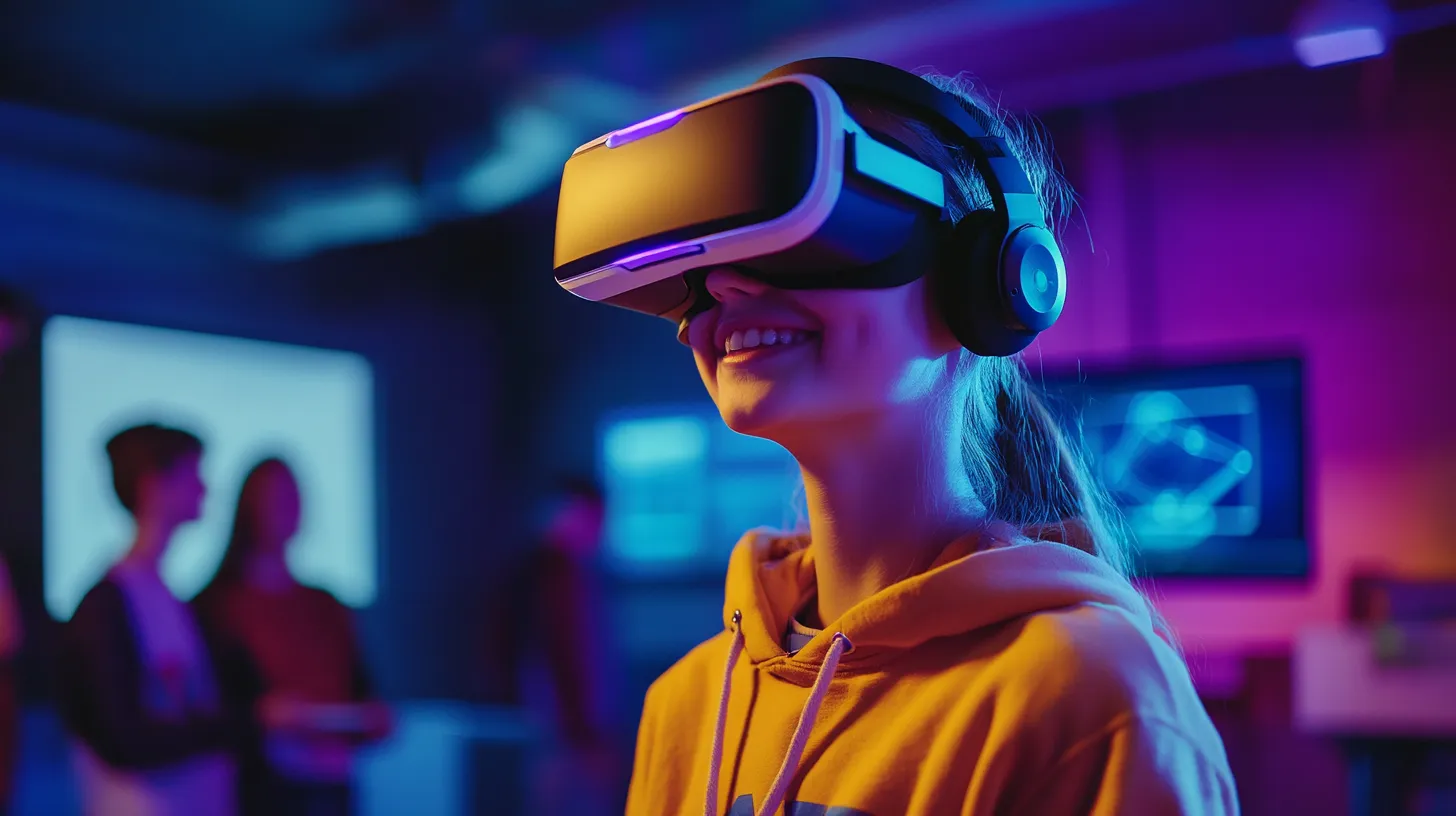
The virtual quantum lab is not a leap into science fiction but a logical step in the digital transformation of scientific education. It shifts the focus from abstract formulas to tangible, safe, and affordable experimentation. Within three years, this approach could become the standard for training specialists in the quantum economy — and, most importantly, it makes science open, engaging, and accessible to anyone ready to explore the future.




